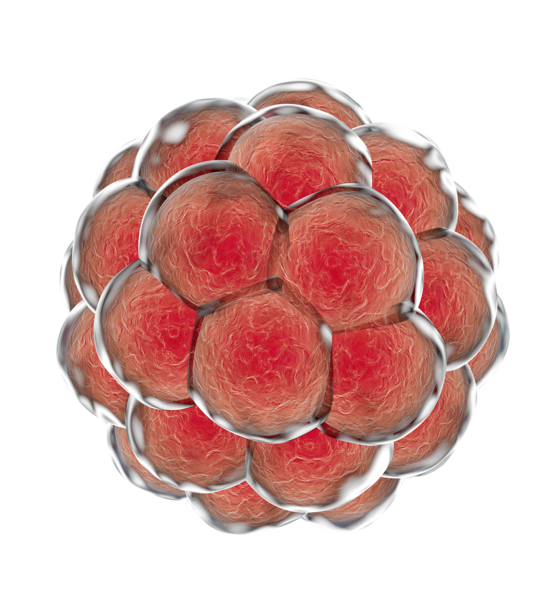
For patients with a family history of genetic disorders, as well as women who have experienced recurrent miscarriage or failed IVF cycles, our genetic testing technologies have been shown to increase success rates, reduce miscarriage, eliminate the passing of inherited conditions on to subsequent children, and reduce the total time it takes you to achieve pregnancy.
With the help of PGT-A, we can identify the cause of recurrent pregnancy losses or unsuccessful fertility cycles, select the very the best embryos prior to implantation, and increase your IVF success rate.
With the help of PGT-M, we can establish whether you and your partner are at risk of having a baby with a specific genetic disease and eliminate the chance of passing it on to your children.

IVF incubators are the most important piece of equipment in the laboratory. Minc™, incubators are the number one reason our embryos can achieve maximum growth potential.
Studies show that these small incubators used in Boston IVF’s fertility laboratory provide better fertilization rates, decreased fragmentation, and improved pregnancy rates over other types of standard incubators.

A single embryo transfer (eSET) is an IVF technique that allows our fertility doctors and embryology team to identify and implant one high-quality embryo into a woman’s uterus.
In the USA alone, almost 35% of all IVF pregnancies result in multiple pregnancies (twins, triplets, or more).
Boston IVF performs over 500 single embryo transfers each year, enabling us to consistently achieve high IVF success rates along with a low multiple-birth rate and provide you with one single, healthy baby at a time.

For over three decades, Boston IVF has conducted groundbreaking research that has contributed to vast improvements in fertility treatments and care. We feel it is crucial to invest in fertility research in order to provide the best technologies and utilize the best protocols to optimize your fertility success.
For you, this means better technologies, improved fertility success rates, and expanded access to more clinical trials and research initiatives.
Our current research is investigating better ways to:
* better predict embryo viability
* select the ‘best’ sperm
* diagnose PCOS and endometriosis
* analyze if/how celiac disease affects fertility
* develop home-testing technologies to minimize stress

In 2012, Boston IVF was one of the first IVF centers to offer the Endometrial Receptivity Assay (ERA) test, which involves removing some cells from the lining of the uterus (endometrial biopsy) and performing gene analysis (250+ genes) on these cells; a particular pattern of gene expression is associated with improved implantation potential.
The test was created to better time when frozen/thawed embryos should be transferred into the uterus.
Turns out (this is the COOL part) ~ the test can determine the optimal day to transfer frozen/thawed embryos, down to a 12-hour window!

In 1993, Boston IVF assisted in the first IVF/ICSI pregnancy in New England. Intracytoplasmic sperm injection, or ICSI, is a technique developed to help achieve fertilization for couples with severe male factor infertility or couples who have had unsuccessful IVF attempts.
The procedure helps individuals and couples to improve their chances of achieving a successful pregnancy. Approximately forty percent of all IVF cases at our fertility center now involve ICSI.

In 2006, Boston IVF assisted in the first Boston egg freezing birth. Since then, Boston IVF’s Egg Freezing Program has grown tremendously and become one of the most experienced programs in the nation.
Our fertility center now freezes more than 5,000 eggs per year and continues to pave the way in egg-freezing technologies, with frozen embryo success rates essentially on par with fresh embryo transfer outcomes.

More and more, our fertility doctors are seeing abundant evidence that transferring blastocyst embryos into the uterus five days after egg retrieval results in higher implantation rates as compared to a Day 3 embryo transfer.
Boston IVF’s acclaimed fertility laboratory allows us to consistently refine and improve techniques that contribute to an increase in blastocyst-level embryos. Allowing the embryos to grow through Day 5 allows us to select the highest-quality embryo for transfer, while reducing the rate of multiple pregnancies.
In addition, the ability to freeze blastocysts via a fast-freezing technique called “vitrification” allows our frozen embryos to obtain live birth rates that are equivalent or better than a fresh embryo transfer.
We look forward to speaking with you, and will be in touch as soon as possible!